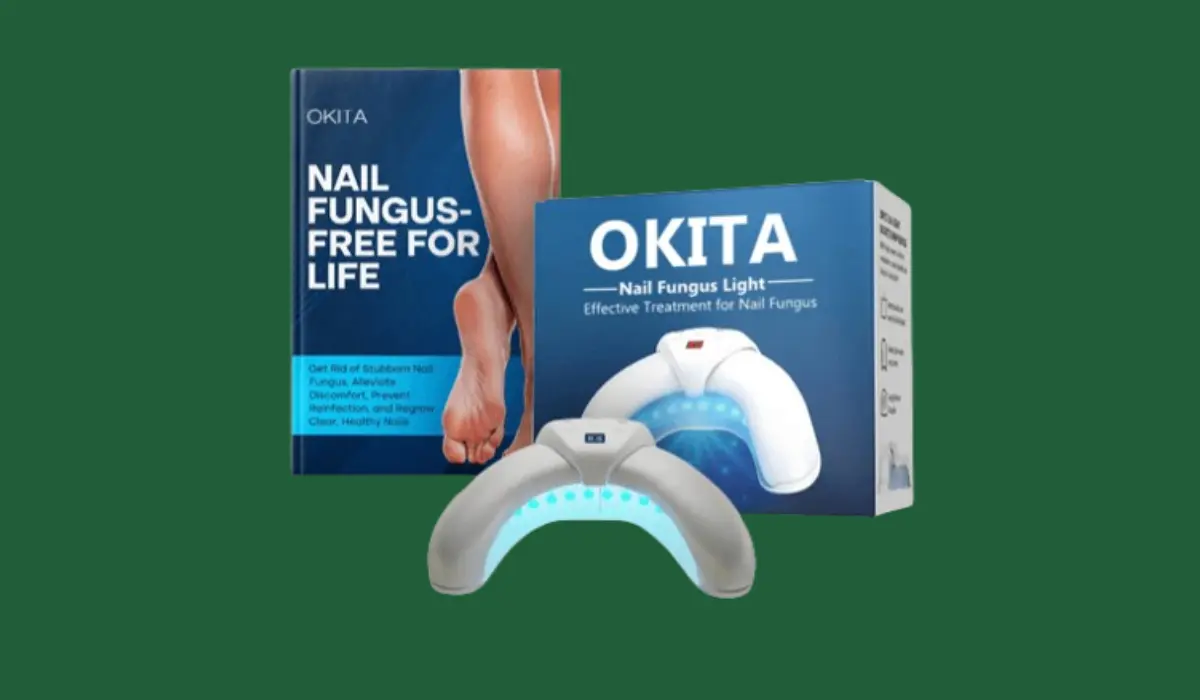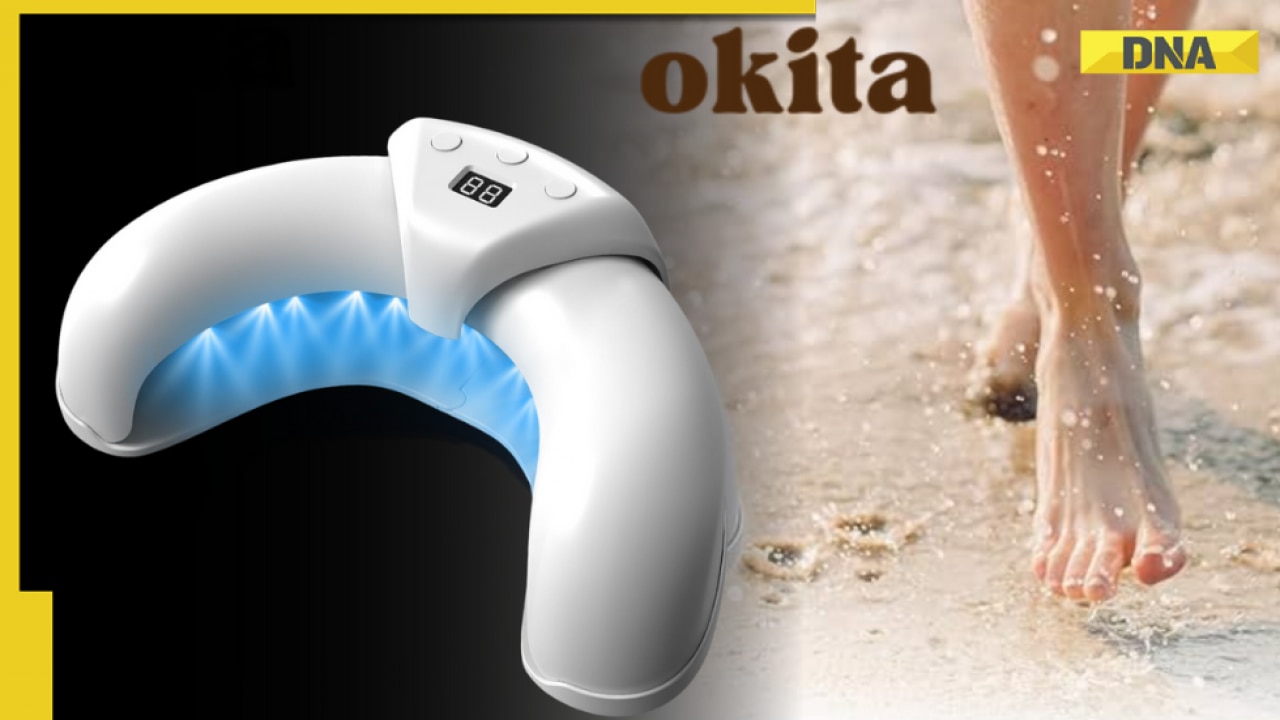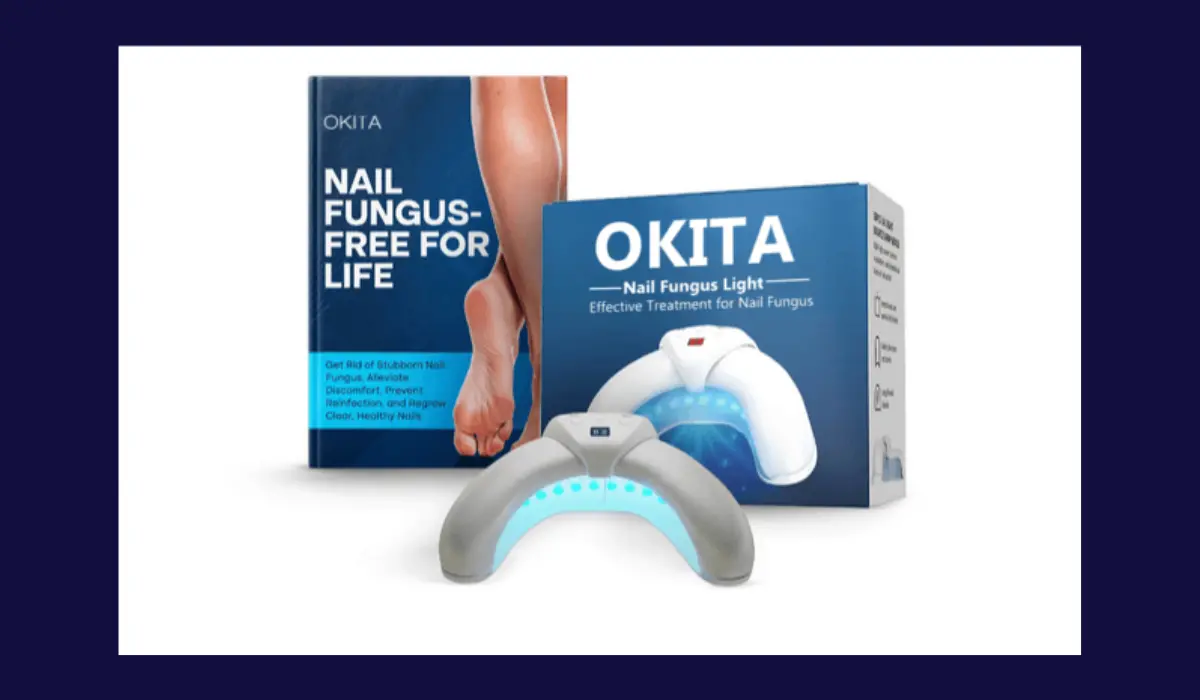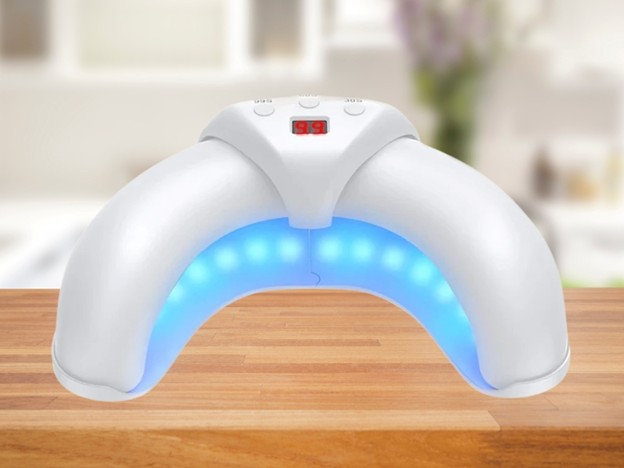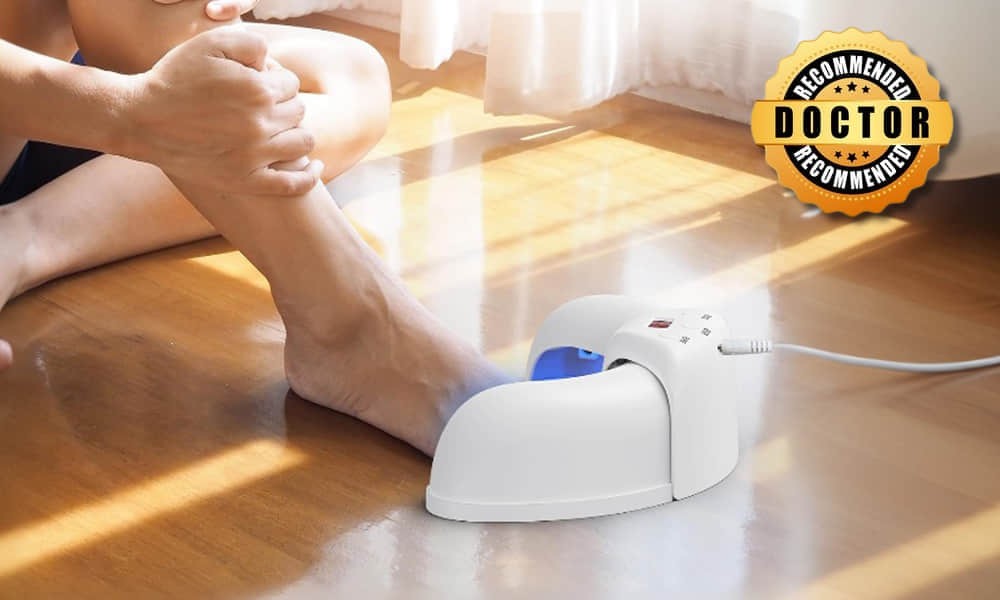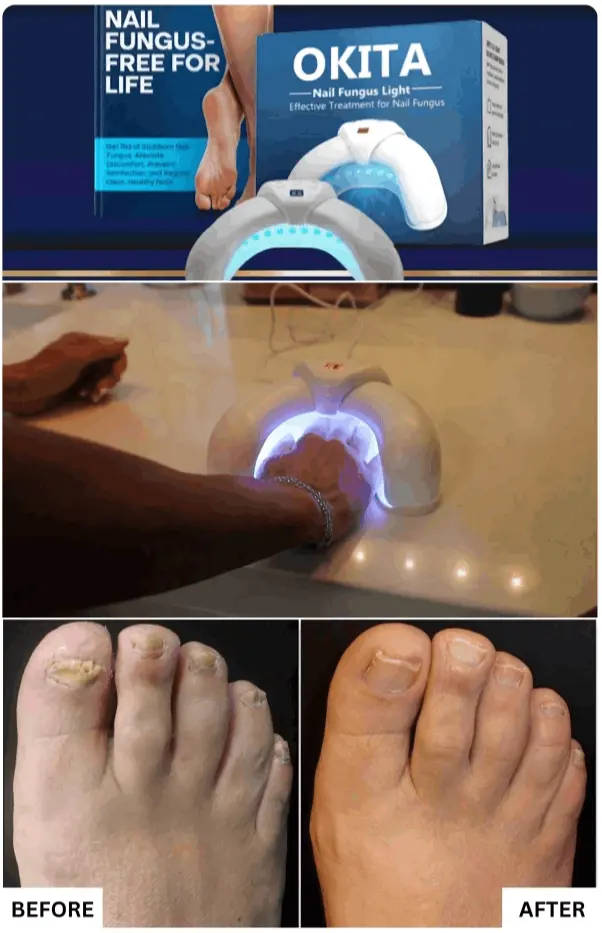Okita Nail Fungus Light Reviews Consumer Reports Scam

Alarm bells are ringing across the internet as consumers raise concerns about the Okita Nail Fungus Light, a device marketed as a revolutionary solution for onychomycosis. Accusations of deceptive marketing practices, questionable efficacy, and potential safety hazards are mounting, prompting investigations and a flurry of consumer warnings. Is this light a genuine breakthrough, or just another expensive scam preying on desperate individuals?
At the heart of the controversy lies the device's alleged inability to deliver on its promised results, despite the manufacturer's bold claims. Consumer Reports, a trusted and independent organization dedicated to product testing and consumer advocacy, has issued a stern warning regarding the Okita Nail Fungus Light. This article delves into the swirling allegations, examines the available evidence, and explores what consumers need to know to protect themselves.
Consumer Reports' Scathing Assessment
Consumer Reports has conducted preliminary analyses of the Okita Nail Fungus Light, and their findings paint a concerning picture. Their initial assessment points to a lack of substantial evidence supporting the device's advertised ability to eradicate nail fungus effectively.
Furthermore, the organization has raised concerns about the absence of rigorous clinical trials and independent verification of the manufacturer's claims.
"Consumers should exercise extreme caution when considering the Okita Nail Fungus Light,"cautions Maria Rivas, a senior health editor at Consumer Reports.
"Our initial assessment suggests that the device may not deliver the promised results, and there are unanswered questions about its safety and efficacy."
Mounting Consumer Complaints
Beyond the warnings from Consumer Reports, a surge of negative reviews and complaints have flooded online forums and consumer protection websites. Many users report experiencing little to no improvement in their nail fungus after prolonged use of the Okita Nail Fungus Light.
Several consumers have also alleged that the device's marketing materials are misleading, exaggerating its effectiveness and downplaying potential risks. Some have even claimed that the light caused skin irritation or other adverse reactions. These allegations underscore the urgent need for a thorough investigation into the product's safety profile.
Questionable Marketing Tactics
A closer examination of the Okita Nail Fungus Light's marketing strategies reveals several red flags. The product is often promoted through aggressive online advertising, featuring before-and-after photos that some experts believe are fabricated or heavily manipulated.
In some instances, consumers have reported being bombarded with unsolicited emails and aggressive sales tactics. These practices are often associated with scams and fraudulent products.
Expert Opinions and Scientific Scrutiny
Dermatologists and podiatrists have also weighed in on the controversy, expressing skepticism about the Okita Nail Fungus Light's purported benefits. Many experts emphasize the importance of consulting with a healthcare professional for a proper diagnosis and treatment plan for nail fungus.
While light therapy can be a legitimate treatment option for certain conditions, the effectiveness of the specific light wavelengths and intensity used in the Okita Nail Fungus Light remains unproven for onychomycosis. "There's a lack of robust scientific evidence to support the claim that this particular device is effective in treating nail fungus," says Dr. Anya Sharma, a board-certified dermatologist.
She adds that patients should be wary of products marketed with unsubstantiated claims and advises them to seek evidence-based treatments prescribed by qualified medical professionals.
Regulatory Scrutiny and Potential Legal Action
The growing chorus of complaints and concerns surrounding the Okita Nail Fungus Light has attracted the attention of regulatory agencies. Several consumer protection organizations are reportedly investigating the device's marketing practices and efficacy claims.
Depending on the findings of these investigations, the manufacturer of the Okita Nail Fungus Light could face legal action, including fines, injunctions, and requirements to compensate affected consumers. Consumers who believe they have been harmed by the device are encouraged to file complaints with their local consumer protection agencies and consult with an attorney.
Protecting Yourself from Potential Scams
The Okita Nail Fungus Light controversy serves as a stark reminder of the importance of exercising caution when purchasing health products online. Consumers should always conduct thorough research before buying a product, especially those marketed with exaggerated claims or lacking credible scientific evidence.
Consulting with a healthcare professional is crucial for accurate diagnoses and evidence-based treatment recommendations. Be wary of products that promise miraculous results or offer quick fixes, and always prioritize your health and safety.
Moving Forward: What's Next?
The future of the Okita Nail Fungus Light remains uncertain as investigations continue and consumer awareness grows. It is imperative that regulatory agencies take swift action to protect consumers from potentially misleading or harmful products.
In the meantime, consumers should remain vigilant and rely on trusted sources of information to make informed decisions about their health. The Okita Nail Fungus Light case highlights the ongoing need for greater transparency and accountability in the health product market.
This situation is a reminder that relying on credible information from sources like Consumer Reports, consulting with healthcare professionals, and being wary of unsubstantiated claims are the best defenses against falling victim to potential scams.

